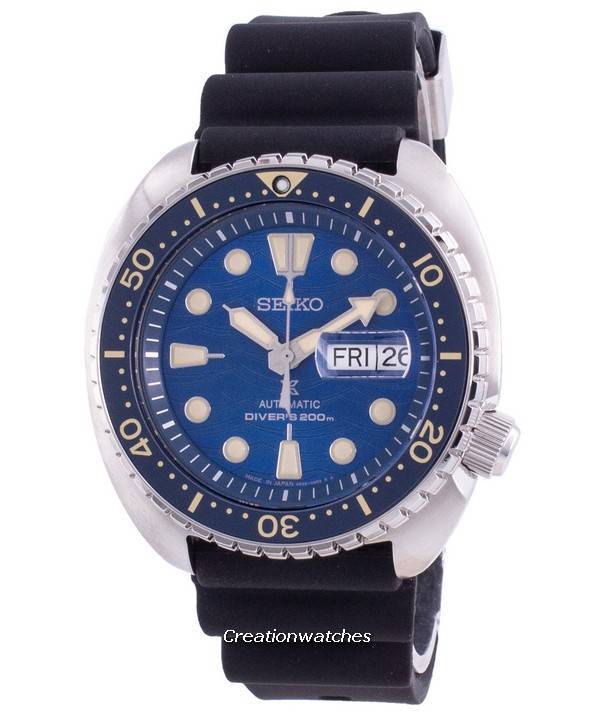 One big issue with becoming a good Diver is you need to glow in the dark for long. Shorter it is, your ratings go down. Lots of otherwise fine watches have let it down so far with the most common technique of using phosphorescent paints. Light excites and activates the paint molecules and the glow appears. Formerly, it used to be radium but that was radioactive, so less bright and less toxic compounds replaced that. Today’s lumes are by and large the phosphorescent pigments zinc sulfide and strontium oxide-aluminate, the latter glowing 10X brighter than the former. Zinc sulfide today is found mostly in novelty watches; Strontium oxide aluminate is everywhere including in exit signs, pathway-markings and everywhere else where safety is paramount.
One big issue with becoming a good Diver is you need to glow in the dark for long. Shorter it is, your ratings go down. Lots of otherwise fine watches have let it down so far with the most common technique of using phosphorescent paints. Light excites and activates the paint molecules and the glow appears. Formerly, it used to be radium but that was radioactive, so less bright and less toxic compounds replaced that. Today’s lumes are by and large the phosphorescent pigments zinc sulfide and strontium oxide-aluminate, the latter glowing 10X brighter than the former. Zinc sulfide today is found mostly in novelty watches; Strontium oxide aluminate is everywhere including in exit signs, pathway-markings and everywhere else where safety is paramount.
So all that Super-LumiNova, W@tchlume and NoctiLumina are basically Strontium aluminate based afterglow pigments making up the larger share of phosphorescent technologies; rest are Timex’s IndiGlo and the Luminox Tritium Tubes resembling micro gas-lights within borosilicate glass capsules. They are highly resistance to breakage, which it must be to stop the radioactive isotope of hydrogen from leaking out. This is Tritium gas, releasing electrons as it decays.
However, if you are panicked thinking radio-activity to burn boils on you, know that it is harmless and suitable for human wearing. Modern safety technology locks the Tritium containing gas to the point of no escape. The borosilicate glass tubes get their inside surfaces coated with phosphor-containing compounds and are filled with the radioactive tritium before the CO2 laser fusion clips the tube at desired lengths. The Tritium releases electrons steadily (due to beta-decay, which is an atomic nucleus decaying and emitting beta particles), which excite the phosphor on the inner-surfaces and gives off a low, steady glow.
Tritium scores over any other type of lume because it gives off energy by itself; here, in the form of light. It works independently and doesn’t depend on external light sources. But Super-Luminova and others, on the other hand, capture and store light and gives it off with reducing intensity and brightness, depending on the length of time. The intensity of the light falling on the paint is also a big factor.
This means other lumes are impressive in the beginning and shall outshine Tritium in intensity and brightness but maybe, for a couple of hours, give or take another. Tritium’s even glow will carry you through darkness for at least 25 years, with the same brightness and intensity.
So far, the military and law enforcement used it for underwater to pitch-black darkness conditions. Luminox tool the military influence and created handsome watches with the Tritium glow, making them suitable for high-testosterone masculinity.
The question that now might be lurking in your mind is – “…if Tritium decays to give out light, won’t it lose its brightness over time?” Yes, it will, but it will take 12.5 years total to lose half its brightness. That’s the half-life of the isotope.















Igualmente podemos incorporar, como forma como color, el arcoíris; en ambos
casos significa la dicha y la alegría y simboliza la unión entre el cielo y la tierra.